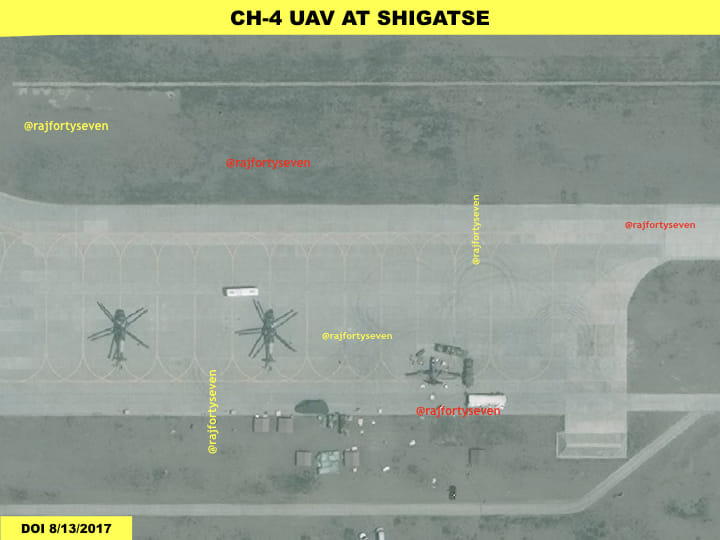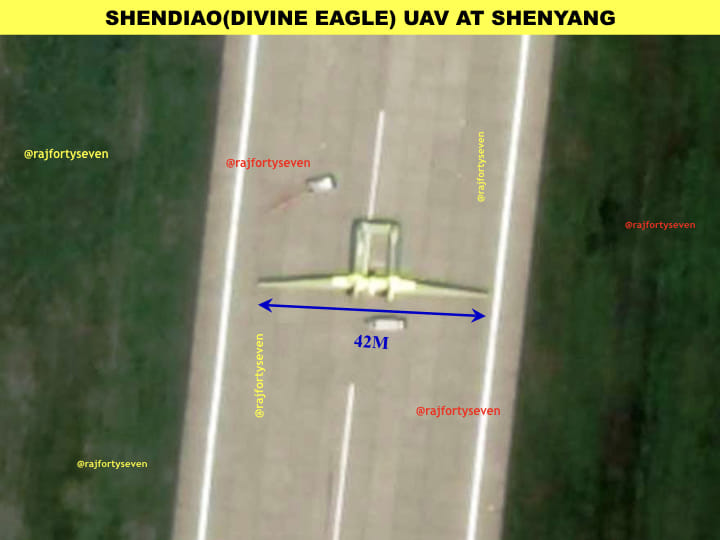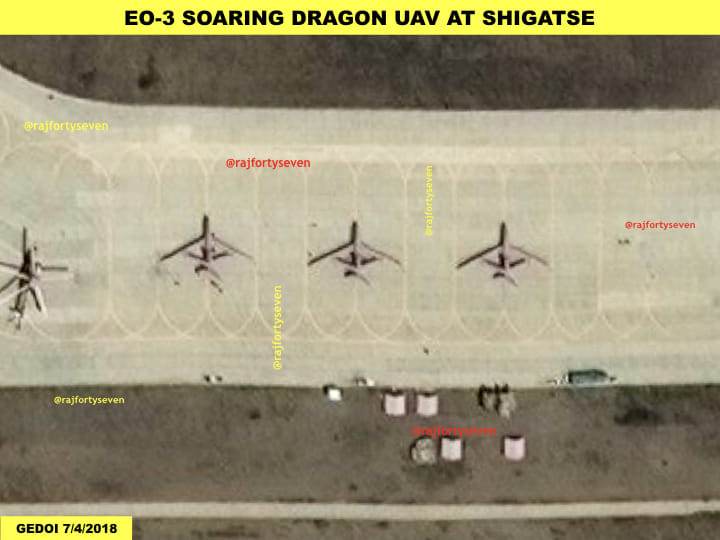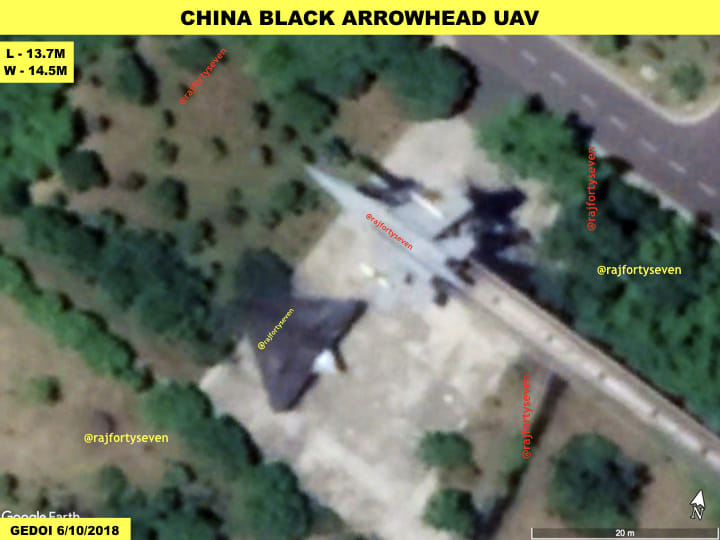China has been feverishly focused on its UAV programme over the last one decade and may have overtaken the US in this area.
New Delhi: China’s People’s Liberation Army Air Force (PLAAF) seems to be on the verge of realising its dream of a supersonic stealth UAV or unmanned aerial vehicle, satellite imagery accessed by ThePrint shows.
Such a capability boosts Beijing’s strategic reach and poses a new danger to its neighbours, including India.
China has been feverishly focused on its UAV programme over the last one decade and developed a series of new models. So much so that some recent reports in the Western media claim that China may have overtaken the US in the area of unmanned aircraft.
The Chinese government gave a free hand to encourage university students and manufacturers to produce UAVs in the last 10 years.
Although most of these ventures failed, UAVs of the Caihong and Winglong series have outperformed the expectations of their designers.
Most of these UAVs/UCAVs (Unmanned Combat Aerial Vehicles) are now exported at a price much cheaper than that of comparable US models.
Also read: China builds defences in PoK territory India claims, carries out joint patrols with Pakistan
ThePrint analyses China’s UAVs through open source satellite imagery.
The first UAV sighted on satellite imagery was a BZK-005 produced by HAIG Harbin Aviation Industrial Group at Chengdu on 22 July 2008.

The PLAAF has never looked back since. It has mass produced UAVs and the export market has been flooded with Chinese CH-3, CH-4 and Winglong-I UAVs. Pakistan and Myanmar are major importers in India’s neighbourhood.
Largest UAV

The Divine Eagle or Shendiao is a unique double fuselage UAV designed and produced by No. 601 Institute of Shenyang Aircraft Corporation (SAC).
It is a novel AEW (Airborne Early Warning) platform with six radars and a satcom set for communications. The ultra-wide band radars are said to be capable of detecting stealth aircraft of the US like the F-22 and F-35 with high accuracy.
It is powered by a turbofan engine and can fly up to a ceiling of 18,000 m. Some experts claim the ceiling to be 25 km.
The most interesting part is that Divine Eagle UAV has a huge 42 m wingspan which is 2 m longer than the largest UAV of the USA, the Global Hawk or RQ-4.
China claims an upper hand in size, ceiling and detection range against US stealth aircraft.
HALE UAV

The Soaring Dragon or EO-3 UAV, developed by No. 611 Institute of GAIC Guizhou Aircraft Industries Corporation, was meant to cover the high-altitude ceiling requirements of PLAAF.
This high-altitude long endurance or HALE UAV again has a unique diamond shaped wing design with a wingspan of more than 22 m.
The turbofan engine can power it to a speed of 750 km/hour, range of 7,000 km and a ceiling of 18 km.
This UAV was used by China during the Doklam crisis last year when Winglong-I possibly failed to operate in the high-altitude terrain of Chumbi Valley in August 2017. Now they seem to be permanently deployed at the Shigatse air base which has been converted into a military base from a dual use base after August 2017.
Also read: China’s new, secret missile garrison in Sichuan can target all of India and beyond
Stealth UAVs
China has been experimenting with different stealth UAVs. But so far very little about the programme had been made public barring a group photo in front of a UAV without any captions.
But new satellite imagery has indicated that indeed such a stealth UAV project might be in its final stages of completion.

The first evidence came from a Google Earth image of 10 June 2018. The image showed a “Black Arrowhead” shaped UAV at the Chengdu radar institute’s EM emission checking yard.
The stealth UAV had two nostrils on the top fuselage and the size was found to be larger than the model displayed at one of the private exhibitions in China.
The second image of Uxxaktal air base in Xinjiang shows a smaller wingspan and there seems to be single jet engine. The low resolution of satellite imagery precludes any definite conclusion.
Both UAVs, in fact, could be the same. The one at Uxxaktal could possibly be with wings folded.
Both UAVs are jet powered, making them more powerful with a long range and a high ceiling limit possibly above 30,000 m (30 km).
It could be what China’s PLAAF has been trying to get for itself for 10 years now – the ultimate supersonic stealth UAV with a strategic reach.






